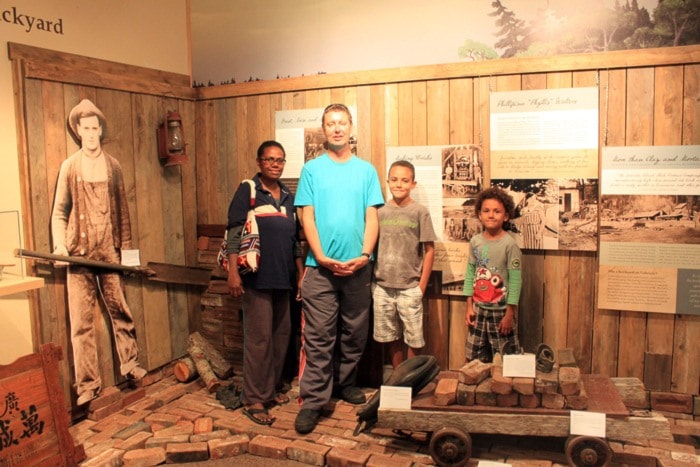Gabriola’s Silva Bay may look like any other marina scattered throughout British Columbia, but looks can be deceiving.
Silva Bay is rich with history that dates as far back as 1791 and the Gabriola Museum has made it the focus of its latest exhibit, Gabriola Tides: Stories of Silva Bay.
The exhibit documents the history of the bay from 1791 when it was discovered by Spanish explorers until 2011.
“They’re going to see something about what it was like to live in Silva Bay,” director of the Gabriola Museum, Ivan Bulic said. “They’ll hear the stories of the Silva Bay shipyard, which in its day was the largest single employer on [Gabriola] Island.”
According to Bulic, the shipyard is the last of its kind on the Gulf Islands.
“It is the really only still surviving commercial small-boat shipyard in all the Gulf Islands,” Bulic said.
One of the key features of Gabriola Tides is an original song called Ode to Silva Bay.
“For the first time ever, we think, we have an original song that was written and composed by Kitty Silva,” Bulic said. “She was the daughter-in-law of the founder of Silva Bay, John Silva, who arrived in the 1880s.’”
It is believed that Silva wrote the song in the 1950s, which was during the era when Gabriola Island had no electricity. The song was discovered years later and was eventually recorded by a local Gabriola musician.
“Now we hear this song, that perhaps hasn’t been heard since 1950, at least not in recorded form,” Bulic said.
The exhibit also details the history and transformation of Page’s Resort and Marina, which according to Bulic was one of the first recreational marinas on the Gulf Islands.
“It actually started in the ’40s but in the ’60s and ’70s it became a destination marina,” Bulic said. “When all these Gulf Islands changed from logging, fishing, and industrial uses to the kind of recreational uses that we see today.”
The exhibit also documents the changes that Silva Bay experienced during the counter culture movement in the ’60s and ’70s.
There was an influx of young people. What they brought was a different culture to the Island,” Bulic explained. “They connected the island with what at the time was a worldwide movement, one that stressed non-material culture and was a sense of going back to the land. It connected Gabriola very firmly with the peace movement.”
Gabriola Tides: Stories of Silva Bay is on display until October. For more information, please visit www.gabriolamuseum.org/tides.shtml or call the museum at 250-247-2032.
arts@nanaimobulletin.com
